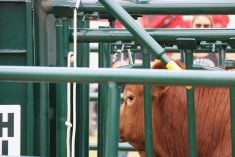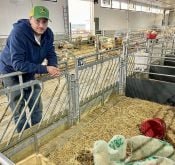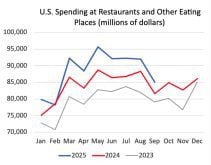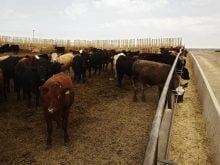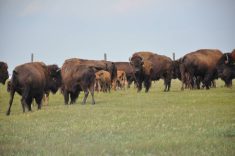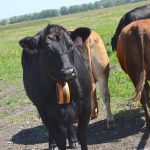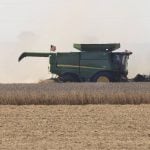EDMONTON – Cattle producers would be more likely to age verify their calves if packing plants would share the carcass data from the animals, a cattle producer suggested during an Alberta Beef Producers meeting.
Ben Schrader of Jarvis, Alta., said seeing carcass data from cattle raised on their farms might be the carrot needed to encourage calf producers to record their calves’ birth dates.
“We’re looking for incentives to get people to participate,” Schrader said.
Age verification is a voluntary program developed by the Canadian Cattle Identification Agency to increase the value of Canada’s beef internationally. Having a birth certificate gives overseas buyers assurance of the animal’s age.
Read Also
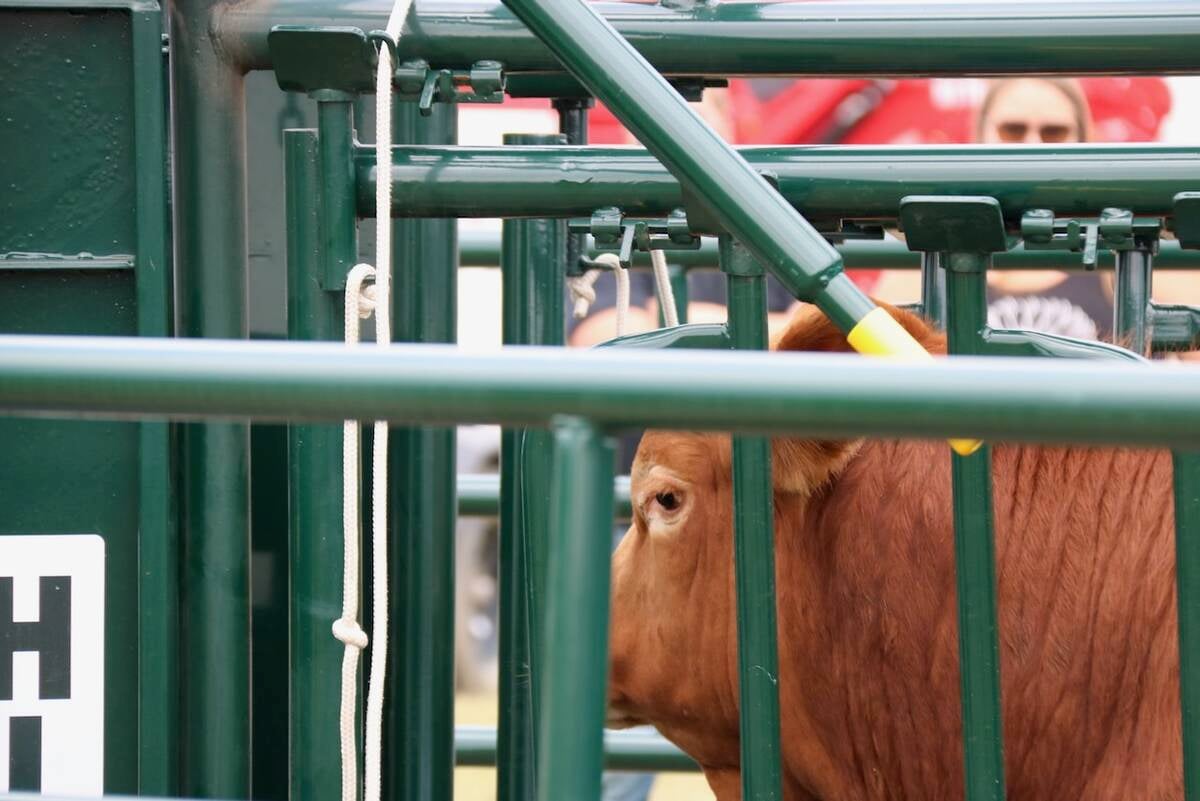
Good handling equipment a must on cattle operations
It’s important for the safety of producers and everyone else dealing with their stock that handling equipment is functional and safe.
Schrader believes the age verification program is valuable, but knows few cattle producers voluntarily take on the extra job of writing down birth dates and entering them into a computer without seeing value for their work.
He said it can be frustrating to enter data on a computer with only dial-up internet service.
Carcass information could give cattle producers valuable information to help them make changes to their breeding program and improve overall carcass quality. Small changes by each producer could collectively make a significant improvement to the national cattle herd, Schrader added.
George Schoepp, a cattle broker from Stony Plain, Alta., said few producers he’s talked to are willing to age verify their cattle. As well, he doesn’t know if carcass quality information on animals shipped a year earlier would have value.
Schoepp said he receives carcass quality information for fat cattle. He uses it as a tool to help train his eye for shipping fat cattle.
“The average producer would not get a great deal of benefit from getting that information back.”
Schoepp said he will encourage producers to age verify their animals and he believes it is only a matter of time before it’s a mandatory process. By starting now, producers will be ready.
“I encourage producers to get involved in the program and do it.”
Only a few feedlots Schoepp deals with request age-verified cattle.
“The orders are very few, but there are orders.”
CCIA chair Steve Primrose wondered if cattle producers would receive value from carcass information when few producers retain ownership of their animals from birth to finish.
The more likely scenario is that the calves will be scattered through several different feedlots or background operations and fed a dozen different diets.
“How valuable is that information? You have to know where every animal went and what rations they were fed,” said Primrose, who operates an order buying service in southern Alberta.
“If the animal gained a pound a day, was it genetic or was it a guy feeding rolled oats,” he said. “I think grassroots producers think there is a pot of gold there.”


